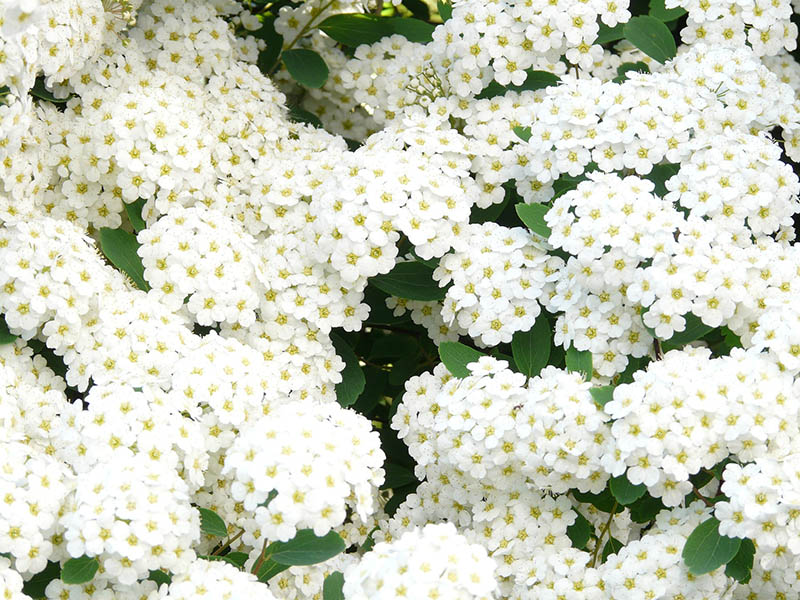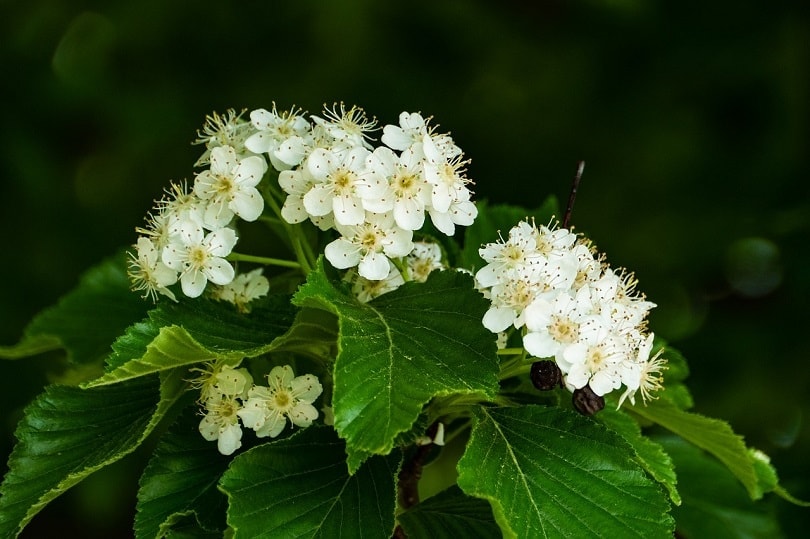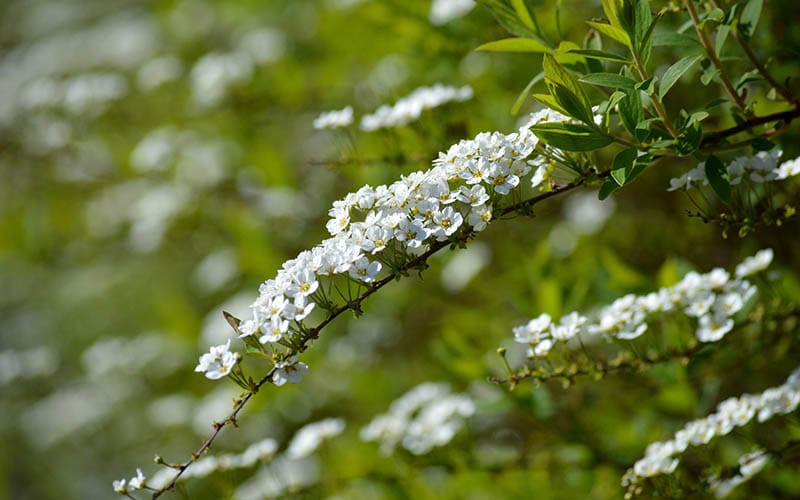When and How to Prune Spireas (5 Expert Tips)
-
Visnja Radosavljevic
- Last updated:

Spirea is a blooming bush plant that produces colorful flowers, typically from May to August, depending on the variety. These plants are fast growers and can reach a height between 1 and 8 feet tall. Spireas are easy to care for, which makes them an excellent addition to any garden.
While these plants are low maintenance, they still require pruning to properly grow and develop. Sometimes, pruning can be challenging, especially if you haven’t pruned your plants before. However, the process is much simpler when you know what to do.
Read on to learn the necessary tips and tricks to successfully prune spireas and keep them healthy and strong.

The 5 Top Tips on Pruning Spireas
1. Why You Should Prune Your Spireas
Before you learn how to prune your spireas, you need to know why your plant needs pruning in the first place. Pruning a spirea plant has multiple benefits and is essential for various reasons, including:
- Promotes blooming
- Spireas grow flowers on new branches, which makes pruning necessary for new blooms
- Rejuvenates spirea plants
- Allows you to maintain the size and shape of your spirea shrubs
- Induces more blooms
- Keeps your plant healthy as it allows you to remove dead or diseased plant parts
- Promotes air circulation
- Allows more sunlight to reach the spirea plant

2. Prune the Spireas Depending on Their Variety
Pruning spireas is more effective when you do it based on their variety. There are two types of spirea bushes depending on the time they flower:
- Spring Flowering Varieties — You should prune spring-flowering spirea varieties promptly after their flowers fade. That way, you’ll promote a full bud and allow the development of new branches, meaning your spirea bush will be lush next blooming season.
- Summer Flowering Varieties —You should prune summer-flowering spirea varieties between winter and spring. That way, you’ll resize and reshape the bush while preparing it for new flowers in summer. As new branches start growing during this period, ensure you avoid them while pruning.
3. Prune the Suckers’ First
Suckers represent shoots that appear from the spirea’s roots. As most spirea varieties produce suckers, it’s important to prune them first. However, suckers have the capability to produce independent plants, so if you want to grow new spireas, you can propagate them. If you leave the suckers intact, spireas could spread in your garden, which is why you should pinch or prune them.

4. Practice Different Ways to Prune Spirea
There are a few different ways to prune spirea, so it’s beneficial to know them. Each pruning technique has a different goal—some promote reblooming, while others improve flower clusters.
Here are the top three pruning techniques you can try out:
- Pruning to improve your flower clusters — To promote and improve flower clusters, prune spireas in early spring. You can use hedge clippers to cut all stems at once or use shears and cut them one by one. Either way, new growth will take a couple of weeks to sprout, making your spirea dense with many flower stems.
- Pruning to promote reblooming — If you want to get a rebloom and have more flowers on your spireas during late summer, you should cut the flowers as they fade. The point is to remove as many dead flowers as possible to allow new flowers to bloom. You can use scissors if there are not many flowers or use hedge shears if there are a lot of flowers to cut. This pruning technique is especially beneficial for spirea species like the Japanese spirea.
- Pruning to tight mounts — To make your spirea shrub denser, you should prune it in spring when the new leaves start to emerge. You should use shears to cut not more than half of the plant’s top. This will make the spirea bush tighter, with many small flower clusters.
5. If Possible, Prune by Season
Some people advise pruning spirea by season, as it could allow your plant to shine all year long. Here’s what you should do each season:
- Spring —Pruning in spring and removing dead flowers allows you to encourage the formation of new flower buds.
- Summer — Pruning in summer prevents the plant from overspreading and allows you to maintain its size and shape.
- Fall — Pruning in fall will allow your spirea bushes to grow new stems capable of flowering while keeping the shrub compact and well-maintained.
- Winter — Pruning in winter will encourage a rebloom and keep your bush good-looking as you’ll remove all the dead flowers.


Additional Tips:
- Pune spirea bushes at least twice a year
- Don’t forget to regularly maintain your spirea bushes
- Don’t forget the appropriate seasons you should prune spirea to promote growth
- Don’t use damaged, or dirty shears for pruning
- Always ensure your tools are clean and sharp to prevent damaging your spirea shrubs
- Don’t be afraid to cut the plant as much as needed
- Always remove unnecessary suckers
- After pruning, it might be helpful to add fertilizer and mulch around your spirea
Related Read: 20 Types of Hedges Compared

Conclusion
Pruning spirea bushes is necessary, and the job is not that challenging. As long as you regularly prune your spirea, it will grow healthy and strong and produce stunning flowers throughout the year. If you follow the tips from our article, you’ll be able to prune your spirea like a pro.
Featured Image Credit: Hans, Pixabay
Contents
